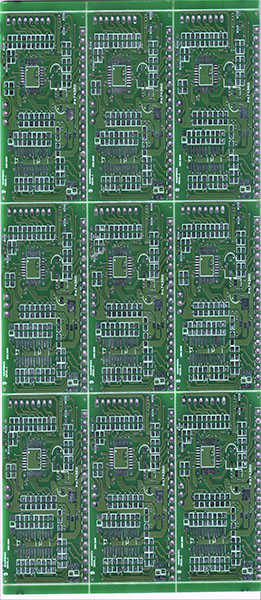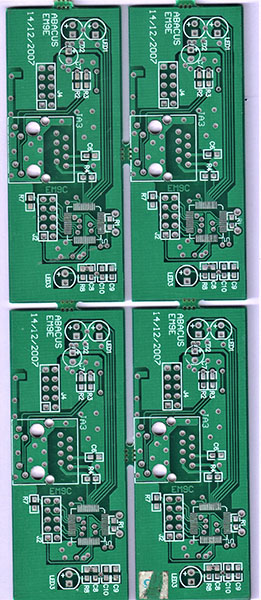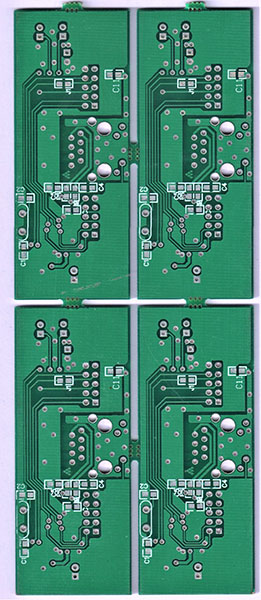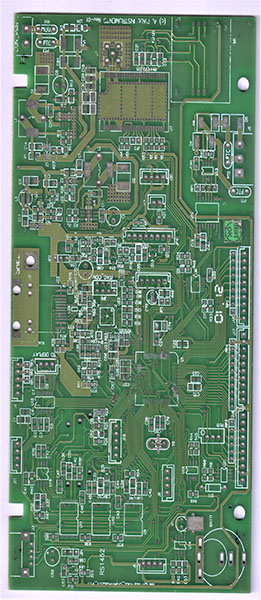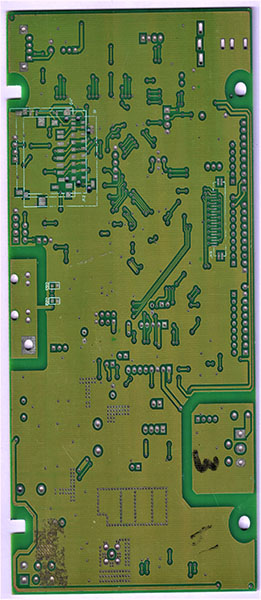Double sided PCBs are very similar to single sided PCBs, except that they have two sided traces with a top and bottom layer. These boards can mount conductive copper and components on both sides of the circuit board, which allows the traces to cross over each other. This results in a higher density of circuits without the need of point-to-point soldering. As these types of circuit boards are more complex than single sided PCBs, it can be more difficult to produce. However, the benefits of using double sided PCBs far outweigh the cons.
Double sided circuit boards are one of the most popular types of PCBs as they enable manufacturers to produce more complex circuits, which can benefit uses in higher technology applications and electronics. There is an abundance of applications and electronics which double sided PCBs can be used in including: lighting systems, vending machines, amplifiers, car dashboards, and many more.



